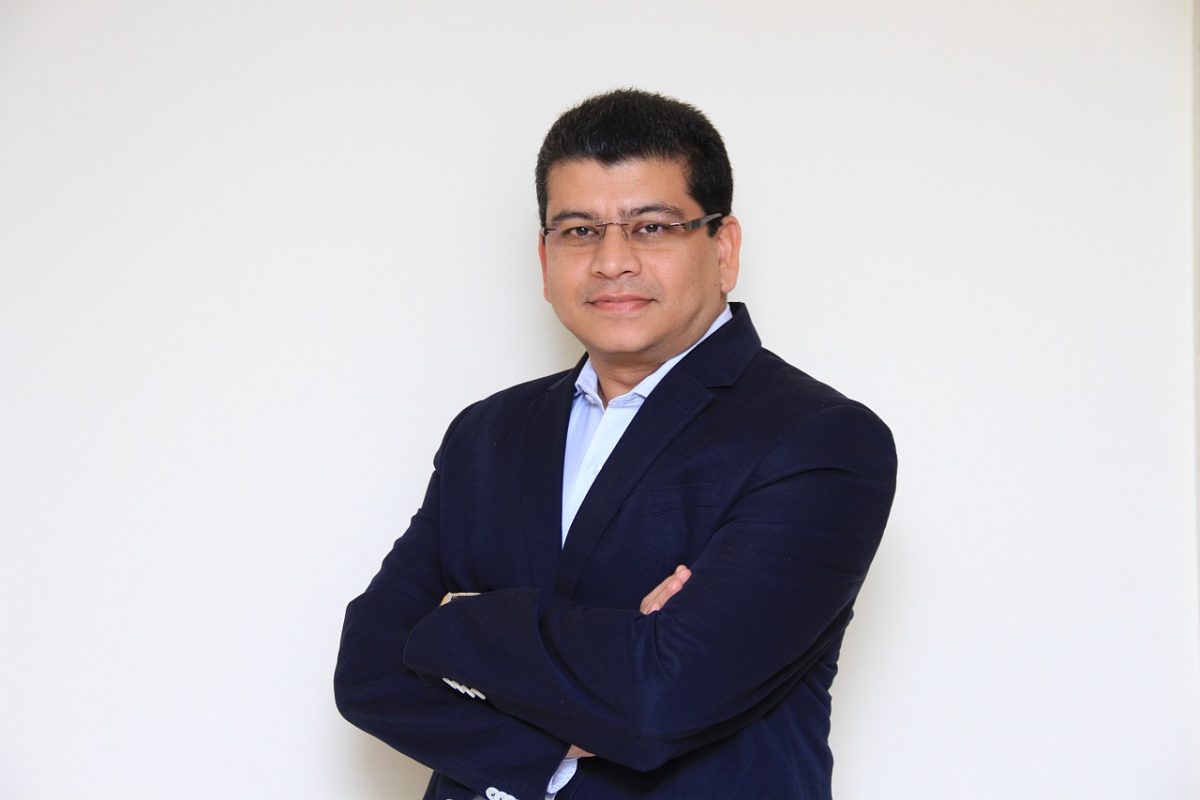The Indian Vehicle Industry is growing and developing at an unprecedented rate. As per the recent findings by India Brand Equity Foundation (IBEF), vehicles account for 7.1% of the country’s GDP, exports are rising and more foreign companies are now manufacturing in India. The Indian OEMs that produce a wide range of vehicles with supplier tiers covering engine parts, drive chain, body and chassis, suspension and brakes, electrical components and systems are seeing significant, in some cases double-digit, growth. With the growth and extraordinary changes that the market is experiencing, the industry faces many new challenges such as the need to innovate, changing consumer patterns, alternative vehicles and varied propulsion types.
The competition now comes from established car makers as well as technology based companies like Google and Apple. As the market grows, Indian Manufacturers are innovating not just products but their entire working methodology to achieve long-term competitive advantage. Companies are becoming future ready by investing in R&D in all areas such as hybrid and electric vehicles, improved safety features, emission reduction, better logistics, industry 4.0 and technology that integrates their entire enterprise. This shift towards electric and hybrid vehicles will also lead to reduced oil consumption, better fuel refining and universal availability of cleaner energy alternatives such as biofuel and compressed natural gas (CNG). As a part of the overall Make in India strategy, many of these much-needed improvements are currently underway. Indian government is also shifting to EVs to control pollution and fuel imports. India is the third largest emitter of greenhouse gases and plans to reduce its carbon footprint by 33-35% from its 2005 levels by 2030.
In addition to this, the introduction of stringent Bharat VI Stage Emissions Standards (BSES) is a giant step forward for the industry towards green mobility. This revolutionary step by government will enable the Indian automotive industry to skip stage V altogether and move straight from Stage IV. Advanced design and manufacturing simulation has been already deployed by vehicle OEMs and their value chains to accelerate the move to compliance and sustainability.
The amalgamation of formerly separated silos of data onto a single universally accessible enterprise platform, multi-disciplinary teams now work collaboratively to digitally define and validate optimized design options. The notable example of this, at a major vehicle manufacturer, is aimed at reducing vehicle weight. Light weighting comprises more than replacing steel with aluminum or carbon fiber; it is a whole vehicle concept. This helps in decreasing the emissions significantly by making the engine more efficient. Every gram saved makes the vehicle perform more efficiently. That adds up to financial savings for drivers as well as lowering emissions.
The evolution of design and analysis simulation is paving the way for lighter and stronger individual vehicle components. Meanwhile, the complex interrelated vehicle systems are becoming more efficient because 3D mechatronic simulation enables the creation, study, and evaluation of accurate multi-physics models early during the concept design stage. This helps Engineers and other non-technical stakeholders visualize on how exactly the vehicle will perform in real world. Moreover, these vehicles can also be simulated within a digitally simulated smart city shows how people and transportation systems interact and how today’s planning decisions will impact the future.
The revolution aimed at a greener mobility system in India is happening on many levels. New ways of designing and planning transportation will take on the burden of pollution in India and there has never been a better time for the Indian vehicle industry because growth equates with success. However, it is essential to cut costs and reduce the design time. It is vital that a business platform that brings people together and helps them work in international teams allows vehicle OEMs, and their supply chains to operate with common processes and standards. International and inter-departmental teams must work together seamlessly removing silos of data by combining them into a single unified structure so that there is only one version of the truth. The same interface powers Industry Solution Experiences, based on 3D design, analysis, production environment simulation and logistics intelligence software in a collaborative, interactive environment. Throughout India, these applications are being used on premise and in public or private cloud creating and enhancing value chains throughout the industry. Companies are deploying 3D simulation technology to ensure positive outcomes from their development decision. They do this by simulating not only the design and manufacturing of products but also their usages.
In this way, companies can innovate with a broader range of options because technology allows them to factor in much more what-if scenarios. Simulating processes and activities indicates where improvements can be made and where potential problems lie. By intelligently connecting people, customers, and partners to reduce resource redundancies, complexity can be mastered. This process enables manufacturers to offer more attractive and innovative options to their customers with less risk and at a lower cost to themselves. The business opportunities from this revolution in Indian transport are exciting, economically significant and environmentally beneficial.
Author is Business Consulting Director, Dassault Systèmes
Disclaimer : The opinions expressed within this article are those of the author. The article does not reflect the views of Motoroids and Motoroids does not assume any responsibility or liability for the same. The images used in the article have been provided by the contributor. Motoroids doesn’t claim the copyright for the images used.

